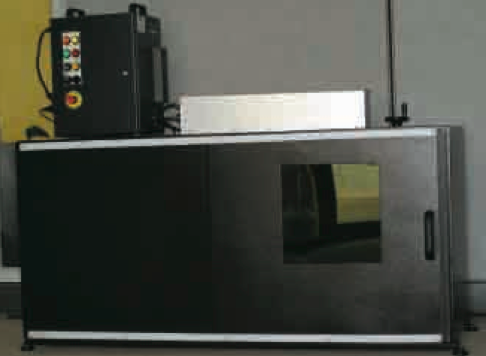Direct Part Marking (DPM) with a laser offers a way to permanently identify parts for tracking, tracing and control.
In medical, military, aerospace and other applications where safety or security are especially important, more and more manufacturers and end users are requiring permanent identifying marks on individual parts to aid in traceability in case there is a problem or failure in the future. Individual part marking is also becoming a standard practice in many non-critical applications to enable automated inventory control and other functions. “Eighty percent of the time marking is customer driven. The customer says, ‘You have to do this,’” said Kevin Warman, co-president at Kevron, Inc., Louisville, Colo., a manufacturer of laser marking systems.
Marking, scanning and tracking individual parts in-house can help with monitoring work in process and staging parts for operations on different machines, and the ability to track individual parts and assemblies through manufacturing can be invaluable in troubleshooting when errors occur.
The U.S. Department of Defense (DOD) has played a role in the increasing use of laser marking and other identification technologies. The DOD now requires Item Unique Identification (IUID) for all tangible property valued at $5,000 or more. The unique identification code must be marked directly on the item or permanently attached, and must withstand the same environmental conditions as the item. The data required in the mark typically includes the manufacturer and part identification—such as a part number and/or serial number.
Read full article here

